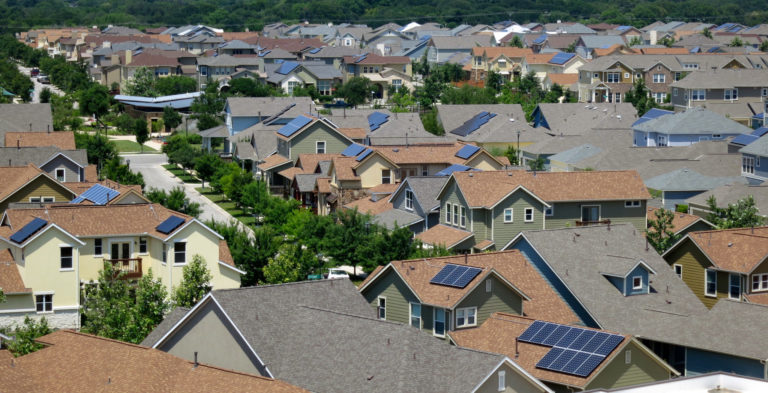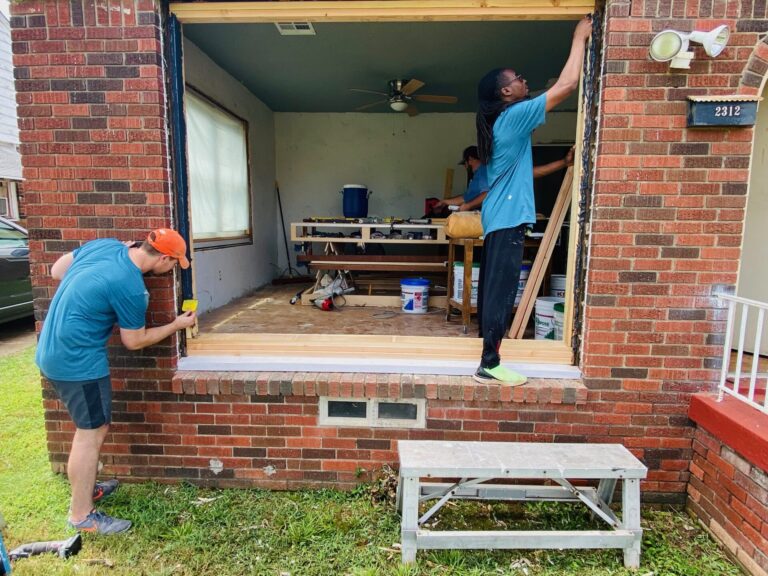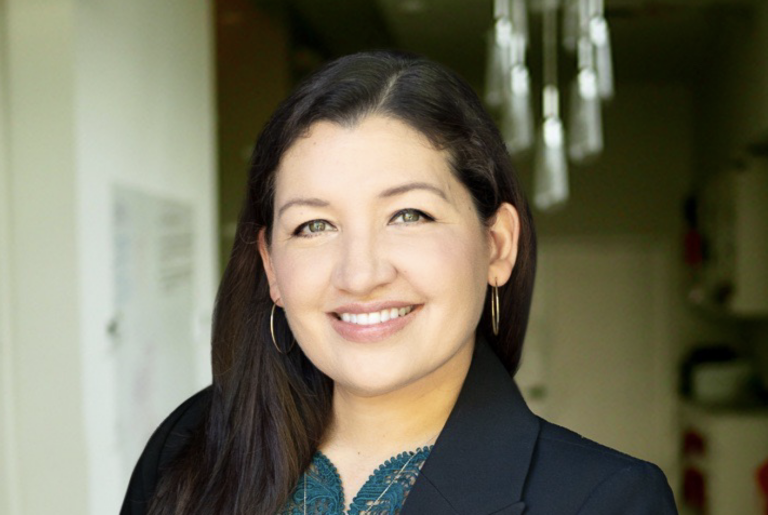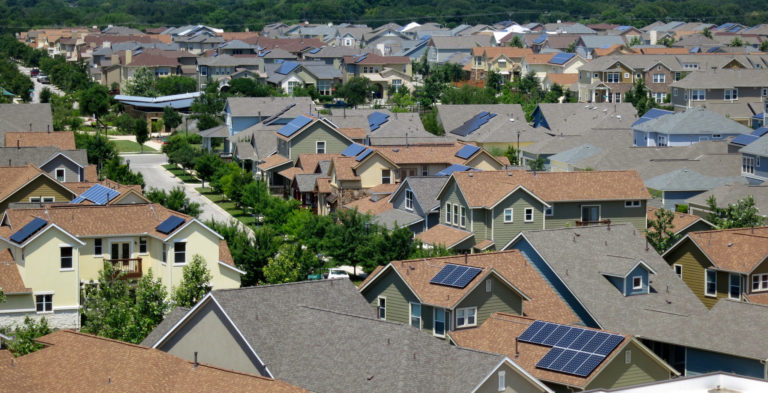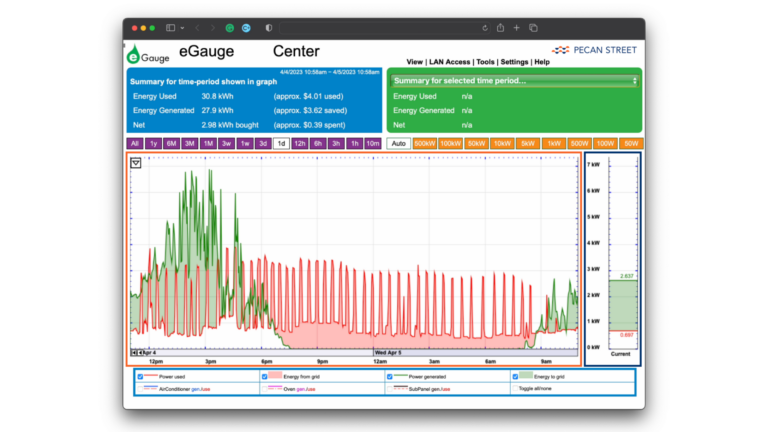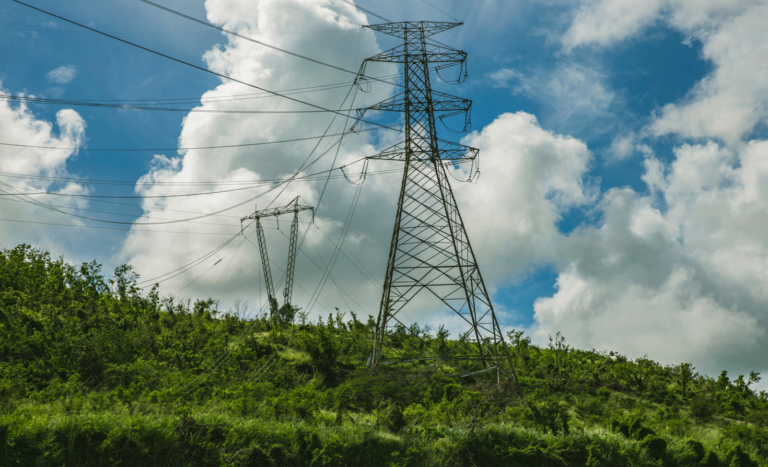October 25, 2019
We’ve been posting stories about what we’ve accomplished in our first 10 years. Check out the full list of stories we’re working on.
Over the last 10 years, we’ve learned a lot about energy data and the people that provide it. We’ve also learned there’s a significant gap between what we know about them and what we know about everyone else.
The households that sign up to participate in Pecan Street’s energy and water research are the heart and soul of our organization. They trust us to install research equipment in their homes and their data safe and secure, and, collectively, have led to hundreds of peer-reviewed research articles and technology breakthroughs. Their data has been used by university researchers, start-ups, and some of the world’s leading technology companies.
In some ways, our volunteers are a varied bunch. Some want to reduce their personal carbon footprint. Some want to spark broader technology breakthroughs that will reduce emissions system-wide. Still others simply want to reduce their energy costs or live as close to “grid free” as possible.
But there are few things that connect most of our participants and, in fact, most “early adopter” market segments. They’re mostly homeowners. They’re mostly mid- to upper-income. They already know a good deal about energy, their energy bill, and the cost of renewable energy options. In other words, they’re not the “average energy customer.”
In 2012, we partnered with the Verizon Foundation to bring our energy research to two apartment complexes in Austin with fixed-income residents. At one of them, most of the families didn’t have high-speed internet, so Verizon supplied cellular modems for the data collection and personal tablets for the families to use to monitor their energy.
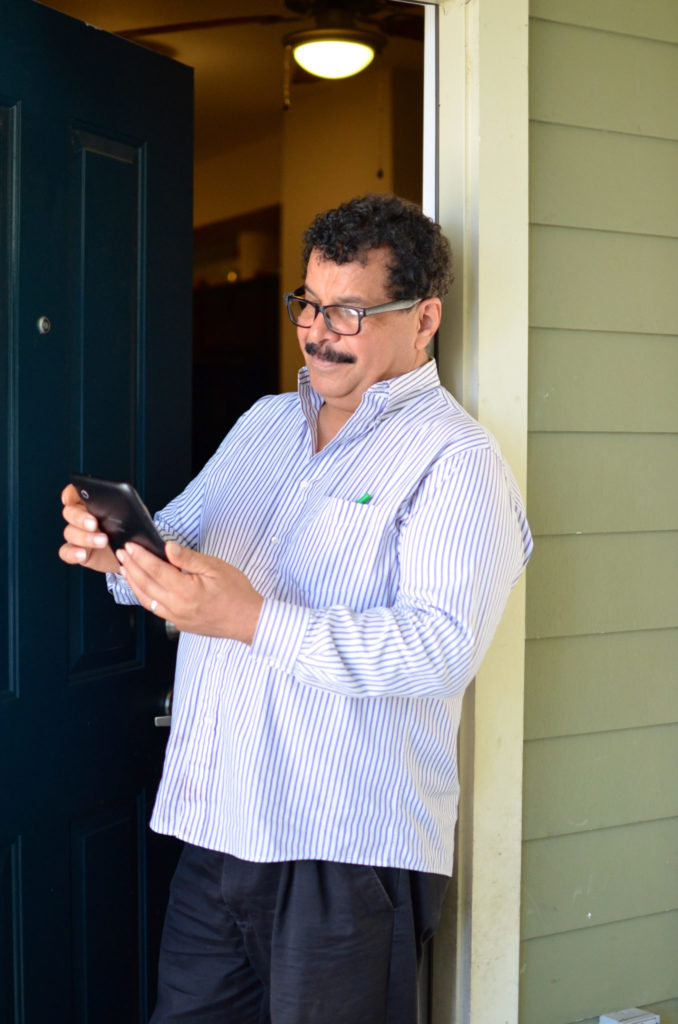
One of the residents there, Jonathon Salama, described himself as “low-tech.” “My cell phone is an antique,” Salama said. “But we know that being tech-savvy will give our children a competitive advantage as they grow up, so we welcome it. This research has been a way for many of us to join the future, not just watch it happen.”
The other complex was a retirement community, a market segment that is often left out of product and climate research. Jim Mayfield, a retired mortgage broker who lived at the complex found himself converted from a tech resistor to an evangelist. “I fought to the bitter end against the computer revolution,” Mayfield said. “Heck, I was like that with the microwave. But this technology has become part of my routine, part of my day. Now I speak to my thermostat.”
Residents at both communities provided valuable insight into how apartments (and apartment tenants) use and can conserve electricity.
In 2018, we realized it was well past time to create a more representative dataset. We evaluated a variety of methods to accomplish this and are proud to announce that, in partnership with the Watts Rising Collaborative in Los Angeles and with financial support from the Alfred P. Sloan Foundation, Pecan Street will be able to further diversify our research network to create datasets that are more representative of American households.
This research network will also serve as a first-of-its-kind community cleantech testbed and enabling platform for much-needed programs like Elemental Excelerator’s Equity Accelerator and the USGBC-LA’s Net Zero Accelerator, where resources will be wrapped around under-represented entrepreneurs working to solve climate change, water scarcity and energy affordability within the communities likely to be hit hardest by these problems.
We hope you’ll follow the progress and successes of the Watts Rising Initiative and help your community translate the lessons learned from this program into solutions for your neighborhood.
Let us know how we can help.











